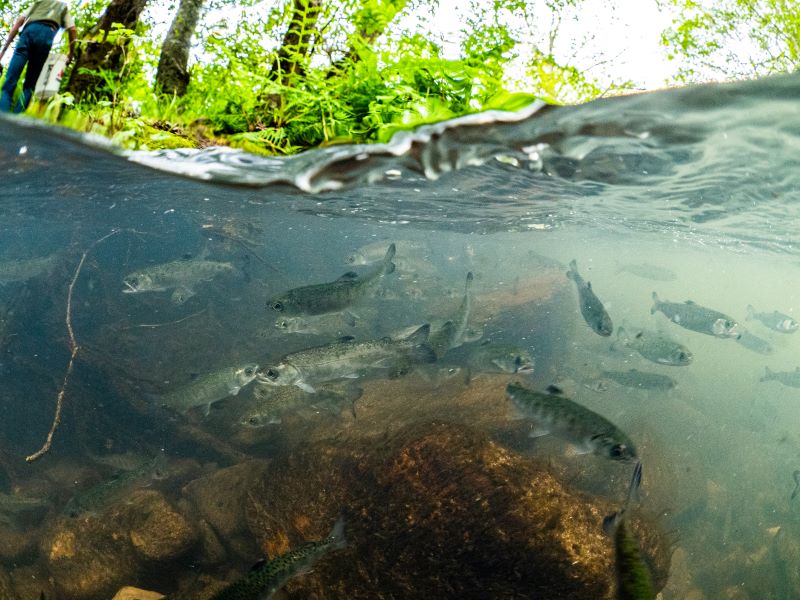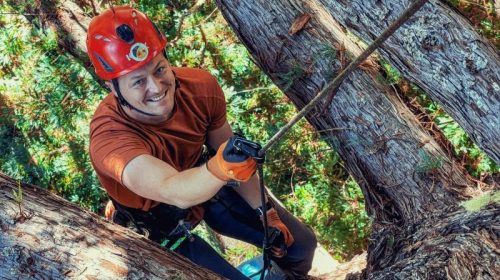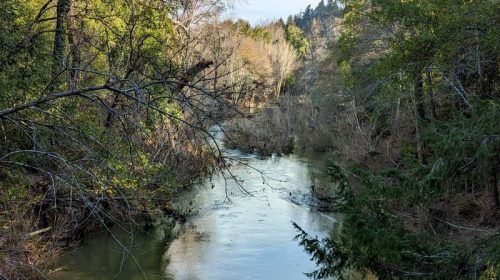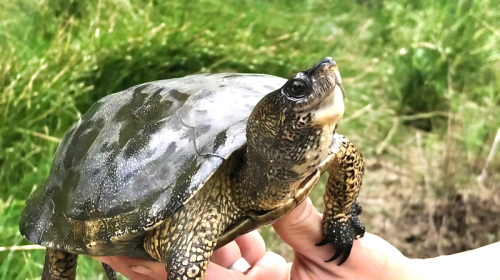Coho Independence Day
By Bruce Sudweeks
I recently became acquainted with the good work that is being accomplished by the Monterey Bay Salmon and Trout project (mbstp.org). The project is non-profit organization that is working to restore native steelhead trout, coho salmon, and chinook salmon populations in the Monterey Bay region. In the late 1990s coho salmon were on the verge of extinction on the central coast of California. Data showed that populations were declining except in two areas; the Russian River in Sonoma County and Scott Creek in Santa Cruz County. These two areas stood out because they both had conservation hatchery programs. The Central Coast coho salmon are considered an evolutionary significant unit and in 2005 were listed as endangered species. Santa Cruz County is the southernmost extent of their range.
The project was founded in 1976 and in 1982 Kingfisher Flat area on Big Creek was obtained and work started on resurrecting a hatchery that was once operated by the California Department of Fish and Game (CDFG) from 1927-1940. The property is owned by Big Creek Timber Company and a new hatchery was built with donations from Big Creek Timber Company, the Lucile and David Packard Foundation, and lots of volunteer labor. In 1985 the Kingfisher Hatchery was completed. This hatchery is focused on raising coho salmon in freshwater and releasing them into the wild at about 1 year old. At this stage in their life cycle they begin a process called smoltification, which is a transformation from living in freshwater to living in salt water. The fish are referred to as smolts at this stage of life. Once they transition to living in the ocean they grow for 2 years at which time they return to the freshwater streams and rivers of their nativity, breed, and then die. The locations that the Big Creek hatchery coho salmon return to include San Vicente Creek, Waddell Creek, Scott Creek, and Pescadero Creek. Recently I was fortunate to be present when Coho Salmon smolts were released into the wild.
Monterey Bay Salmon and Trout Project at Scott Creek
For roughly 5000 coho salmon, Independence Day occurred on April 19, 2024. At 10 am the MBSTP bucket brigade began and the salmon were released into Scott Creek one bucket at a time. My mistress (my wife’s name for my underwater camera setup) and I were present in the creek for the release of the endangered salmon smolts and we had a fish-eye view of the process from beneath the water line. I felt a little guilty that everyone else around me was working hard lugging buckets-o-fish through the forest while I was wading through the creek in my shorts and flip-flops taking photos and recording video like I was on holiday. Hopefully my observations and images will provide a new perspective to the process of Coho Independence Day, even for the individuals that have participated in multiple releases.
Enjoying a fish-eye view of underwater creatures is something I am quite familiar with. I spend quite a bit of time photographing aquatic life in Monterey Bay, local lakes, local creeks, and rivers. When my wife and I were looking at moving to the Santa Cruz Mountains I found a for sale sign during a mountain bike ride and checked out the property. When I got home I told my wife that I found our new home. I was asked what the house looked like and I responded that I didn’t know but the creek has steelhead trout. Turns out that the house was about 50 feet from Zayante Creek and the steelhead trout are my nearest and dearest neighbors. I have been known to snorkel Zayante Creek and photograph my neighbors, the trout.
The observations I had during the smolt release consisted of three phases of the independence process. The first phase was pandemonium. When the fish were released into the creek they bolted in every conceivable direction; upstream, downstream, surface, steam bed, and sideways to the current. This phase lasted about 30-45 seconds.
Scott Creek coho salmon release
The second phase involved a subset of the fish and consisted of forming small schools that were clustered around the rocks in the stream bed. The fish were all pointed upstream and swimming hard enough to counteract the current. This phase lasted about 1-2 minutes. Sometimes fish from multiple buckets ended up in these temporary, ad-hoc schools.
The third phase was disappearance. Within a few minutes there was no trace of the fish. They very effectively dispersed into their new home. Historical data shows that about 1-2% of the salmon that are released in this manner will make it back to the streams as adults after life in the ocean.
The process of meeting the MBSTP team and participating in a release has prompted me to volunteer since I have a soft spot for local trout and salmon. The volunteer options include helping to take care of the hatchery coho salmon (typically on the weekends), participating in steelhead and salmon population counting, rescuing stranded steelhead trout in some of the streams that occasionally get close to drying up (e.g. Bean and Corralitos Creeks), and helping with the Salmon and Trout Education Program for K-12 children. If you are interested in volunteering, send an email to Ben Harris (director@mbstp.org), who is the executive director of the project.
You could also consider becoming a member of the project. Membership entitles you to news regarding Central Coast salmon and steelhead and progress reports on the various programs. mbstp.org
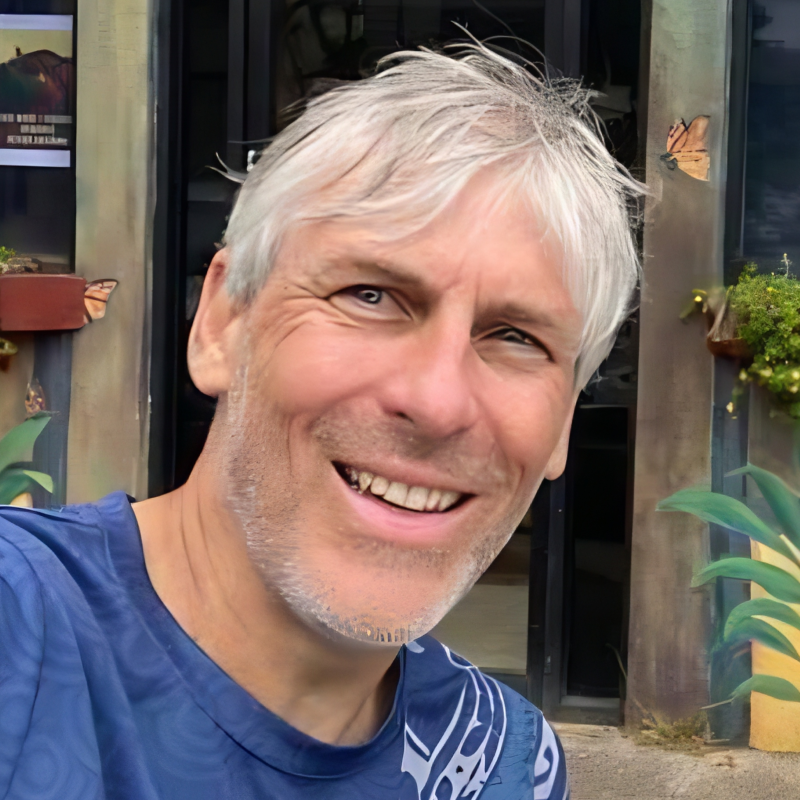
When not hiking with his underwater camera, Bruce Sudweeks writes a monthly SCUBA diving article for California Diving News. He also writes a monthly article about the wonders of Monterey Bay below the water line for the local Mountain Network News magazine. IG @brucesudweeks
Photos by Bruce Sudweeks
About the Cover Photo
The camera is a Panasonic GH5. The lens is an Olympus 8mm fisheye. The camera and lens are in a Nauticam underwater housing that has a glass dome. The key is that the lens is extreme wide-angle and the glass dome helps. I used a very small aperture setting on the lens to allow the maximum amount of area to be in focus. The down-side to this aperture setting is that very little light enters the lens so I need to have a slow shutter speed. This means that I need to hold the camera very still. ~ Bruce
***
Have a story to contribute? The San Lorenzo Valley Post welcomes your Santa Cruz Mountains news, story ideas, photos, and letters. Send us an email.
Sign up for our newsletter to stay connected to news and events in the Santa Cruz Mountains.
The San Lorenzo Valley Post is your essential guide to life in the Santa Cruz Mountains. We're dedicated to delivering the latest news, events, and stories that matter to our community. From local government to schools, from environmental issues to the arts, we're committed to providing comprehensive and unbiased coverage. We believe in the power of community journalism and strive to be a platform for diverse voices.

